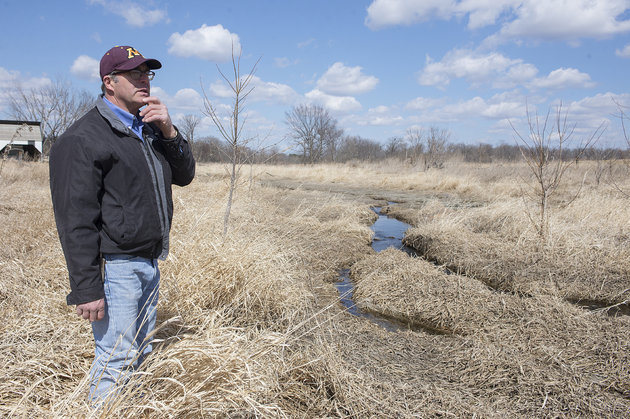Sustainable City Network:
“In a study of 32 cities of various sizes, University of Wisconsin Professor Anna Haines found that most city zoning ordinances had little support for sustainable development. Large or small, coastal or central, most of the communities studied by Haines and her colleague Edward Jepson didn’t have much in their regulations that was useful for supporting sustainability principles. This isn’t surprising, since most of the ordinances were written long before sustainability became a household word.
“The city that I live in wrote their code in 1979,” Haines said, so it’s not very surprising that it doesn’t address sprawl, peak oil, floodwater control or other contemporary concerns.
“Almost 100 years ago is when the first zoning codes were put in place — New York City was the first,” she said. “And at that time the purpose was to strictly separate uses, to separate industry from housing, which made a lot of sense at the time, but doesn’t so much anymore.”
Haines’ study began by identifying nine principles of sustainability:
1. Encourage higher-density development.
2. Encourage mixed use.
3. Encourage local food production.
4. Protect ecosystems and natural functions.
5. Encourage transportation alternatives.
6. Preserve/create a sense of place.
7. Increase housing diversity and affordability.
8. Reduce the use of fossil fuels/encourage the use of fossil fuel alternatives.
9. Encourage the use of industrial by-products.”
There has been a big lag in revising zoning ordinances for sustainability and walkability.





















